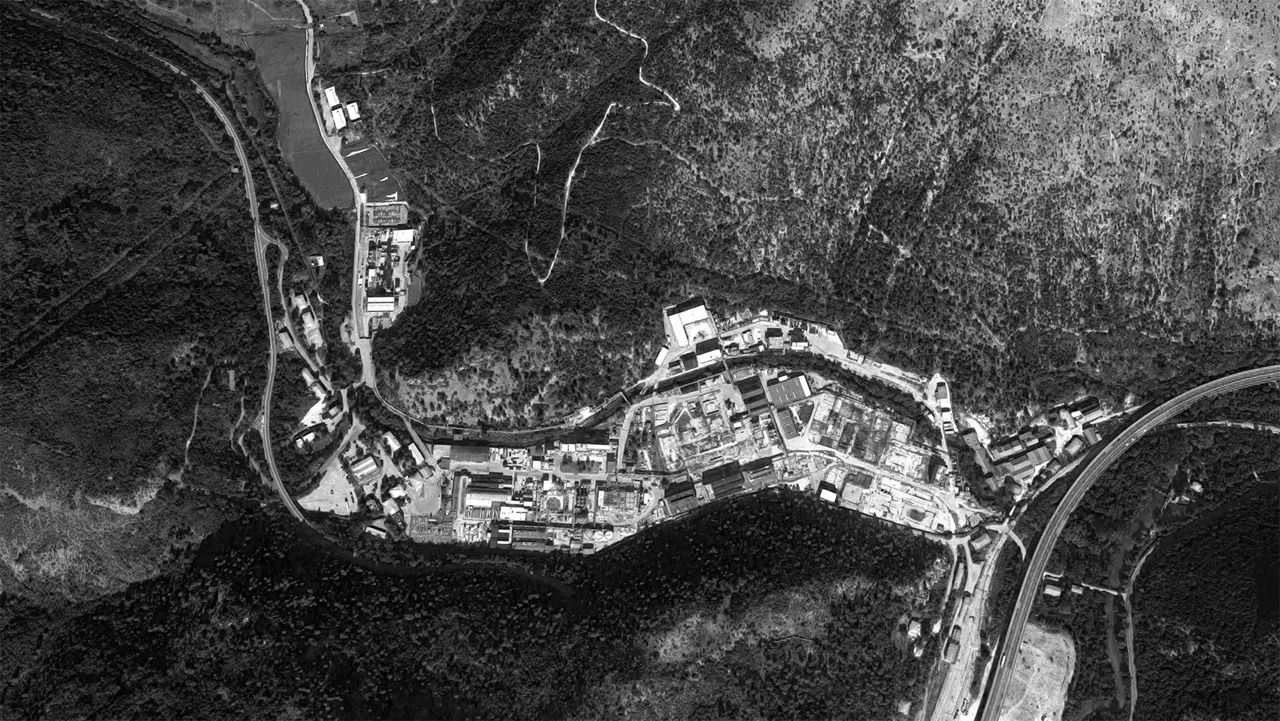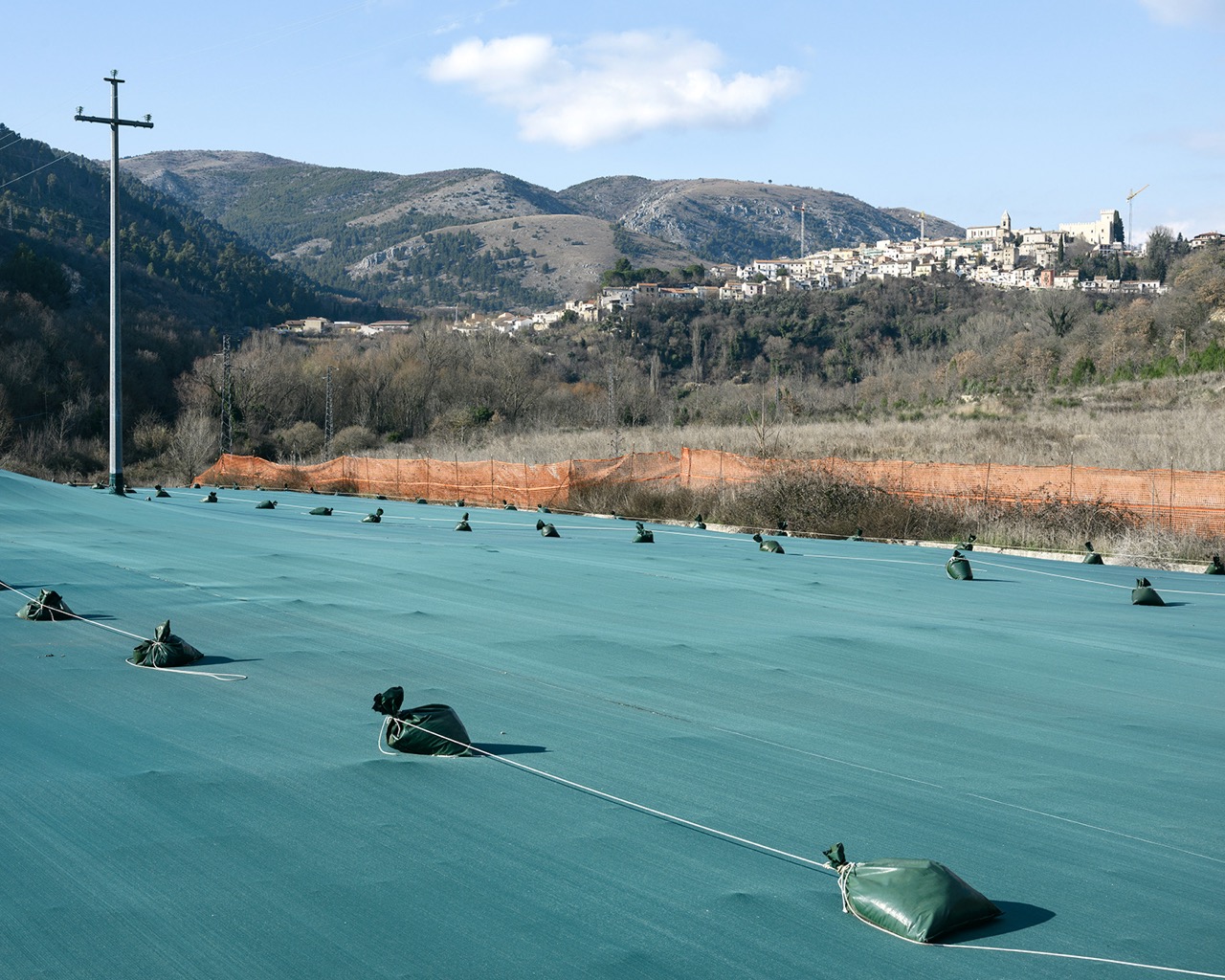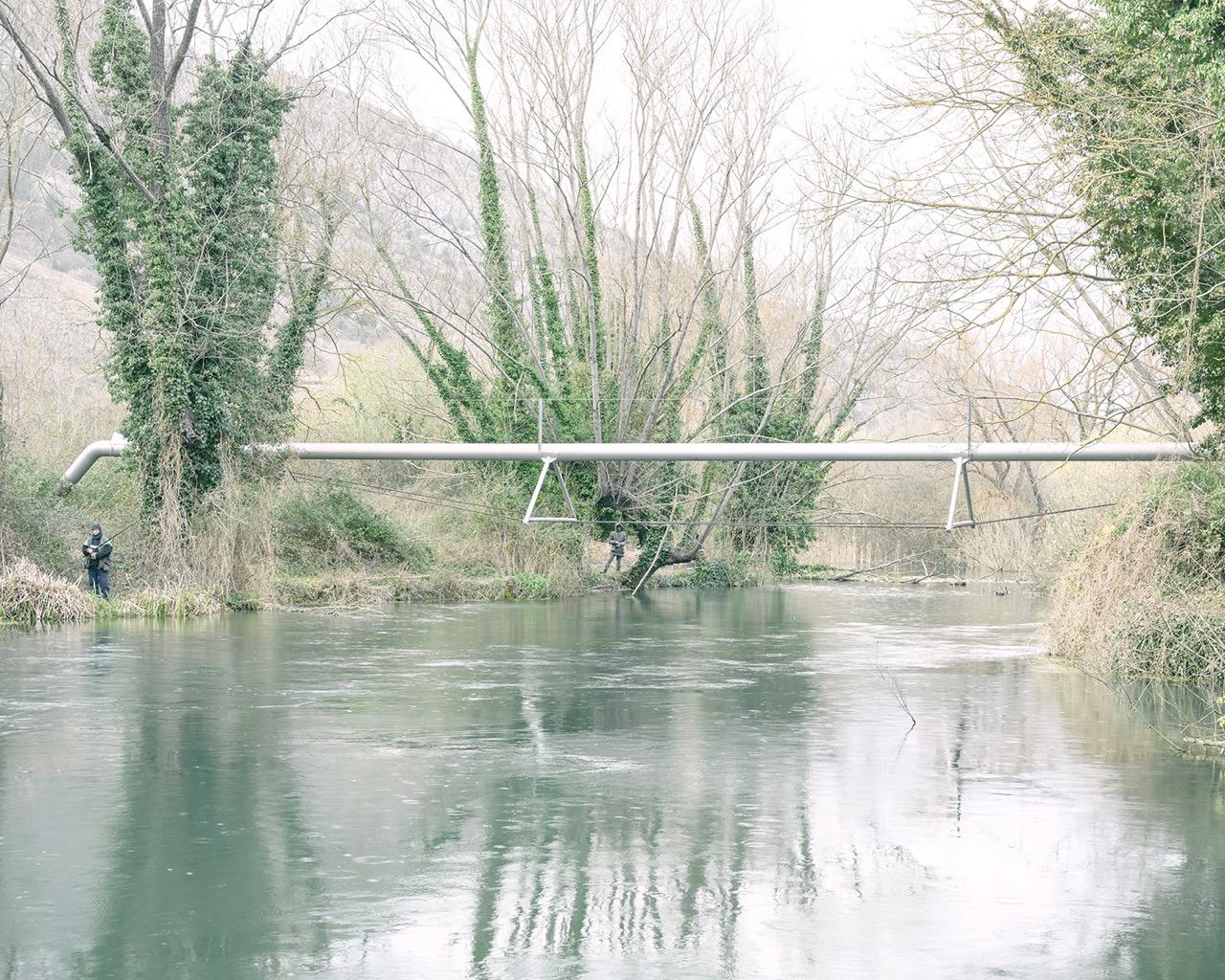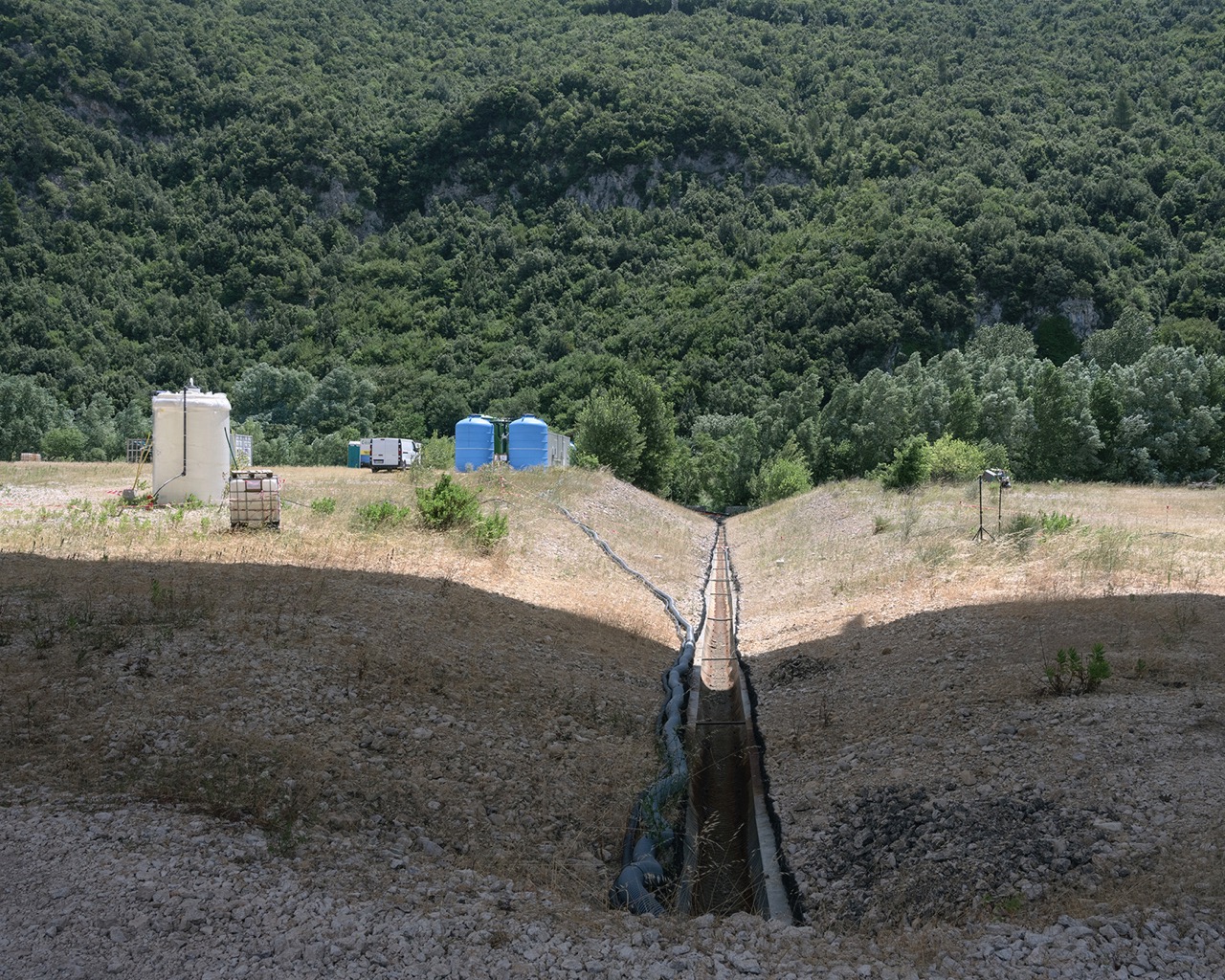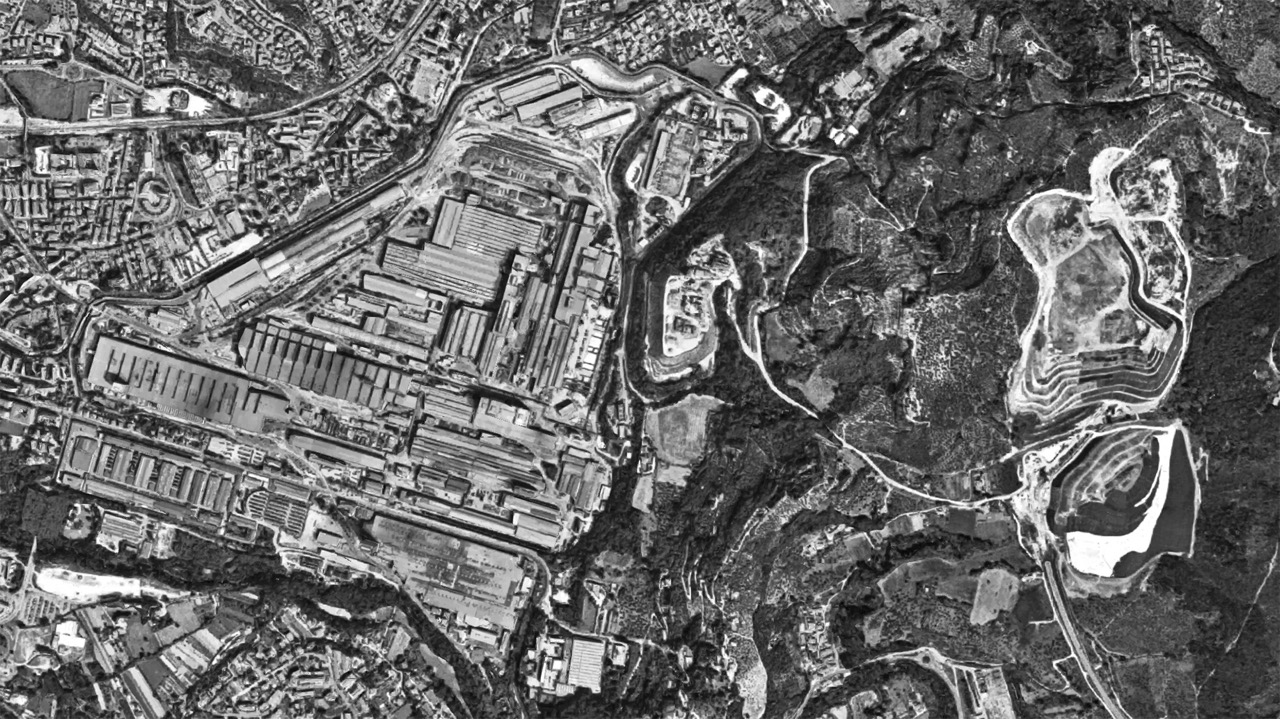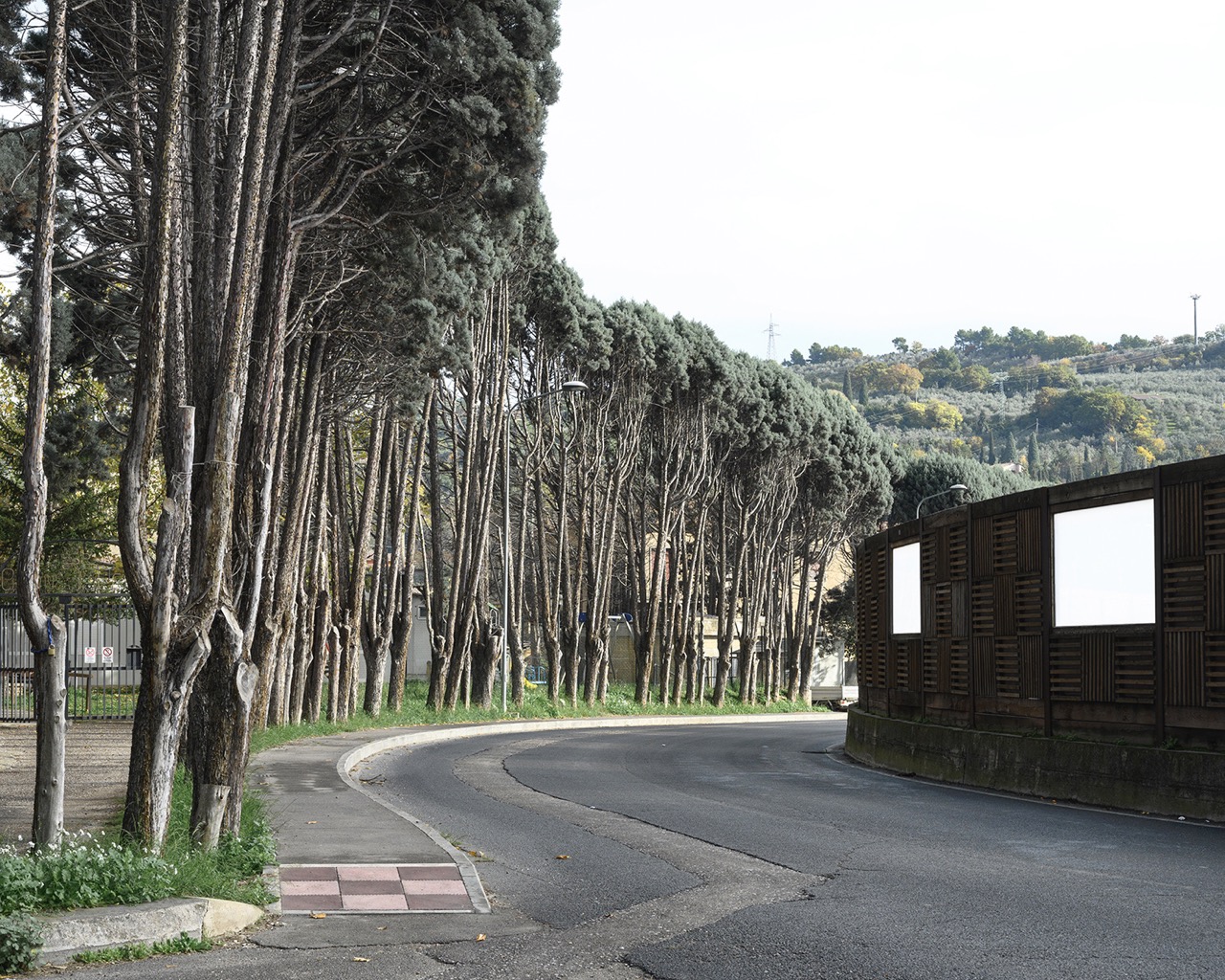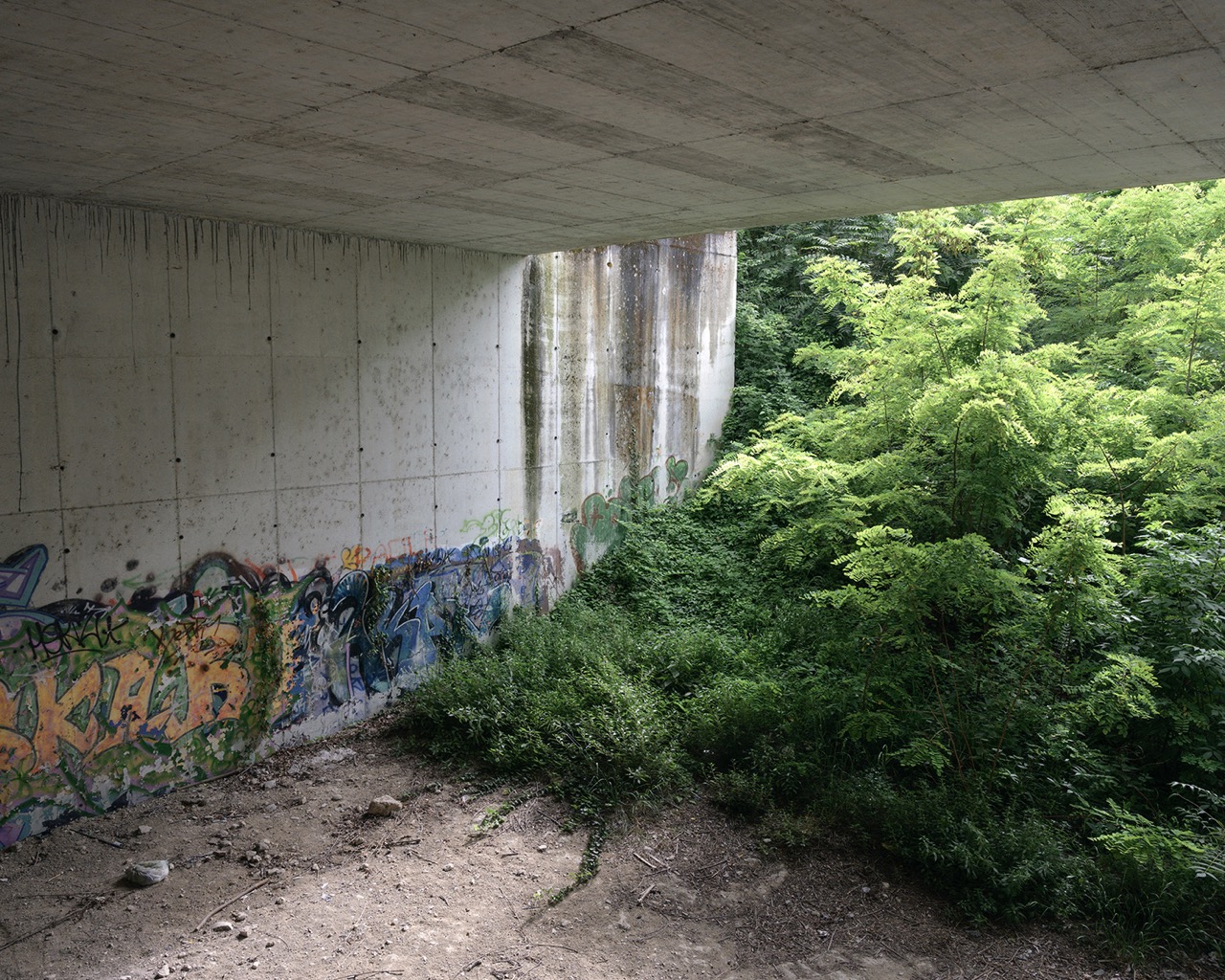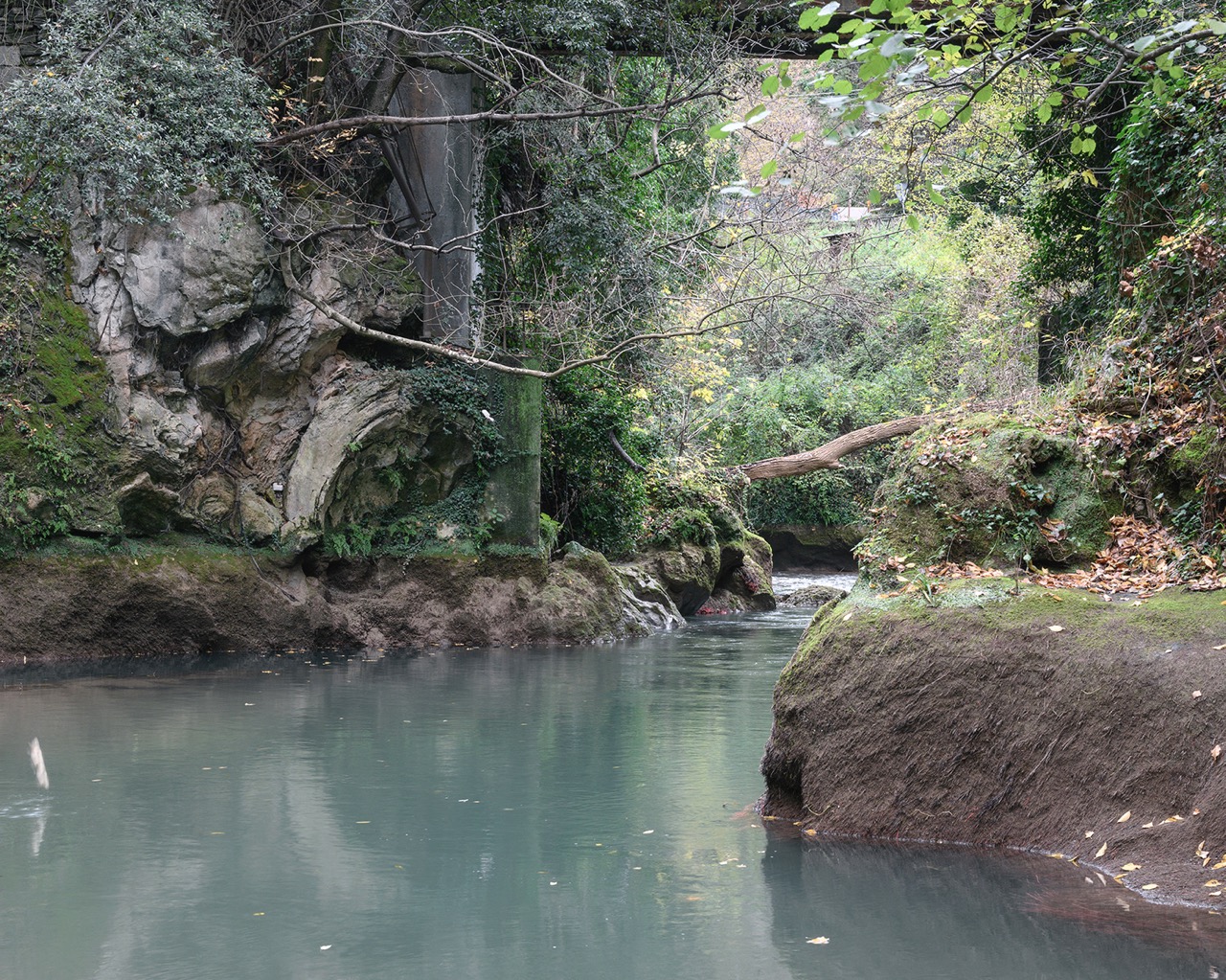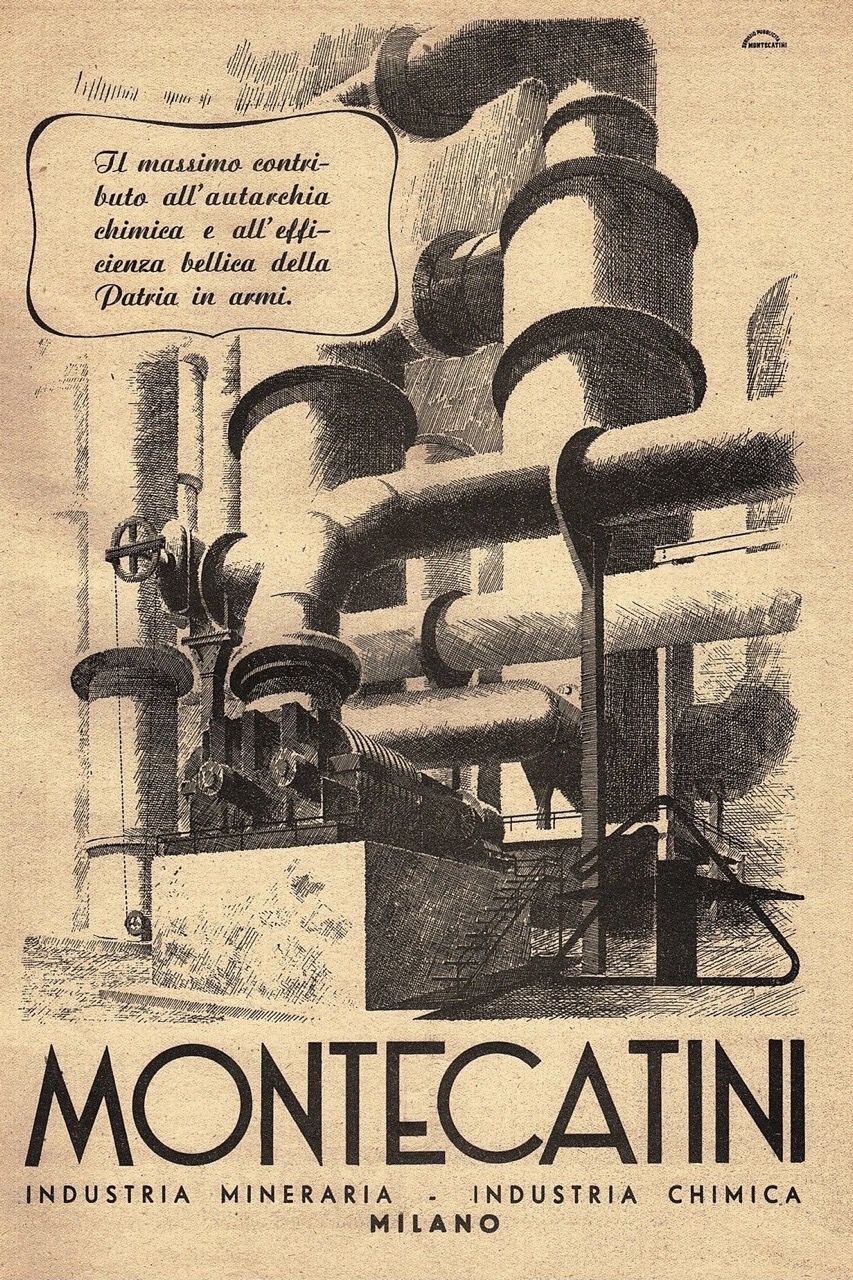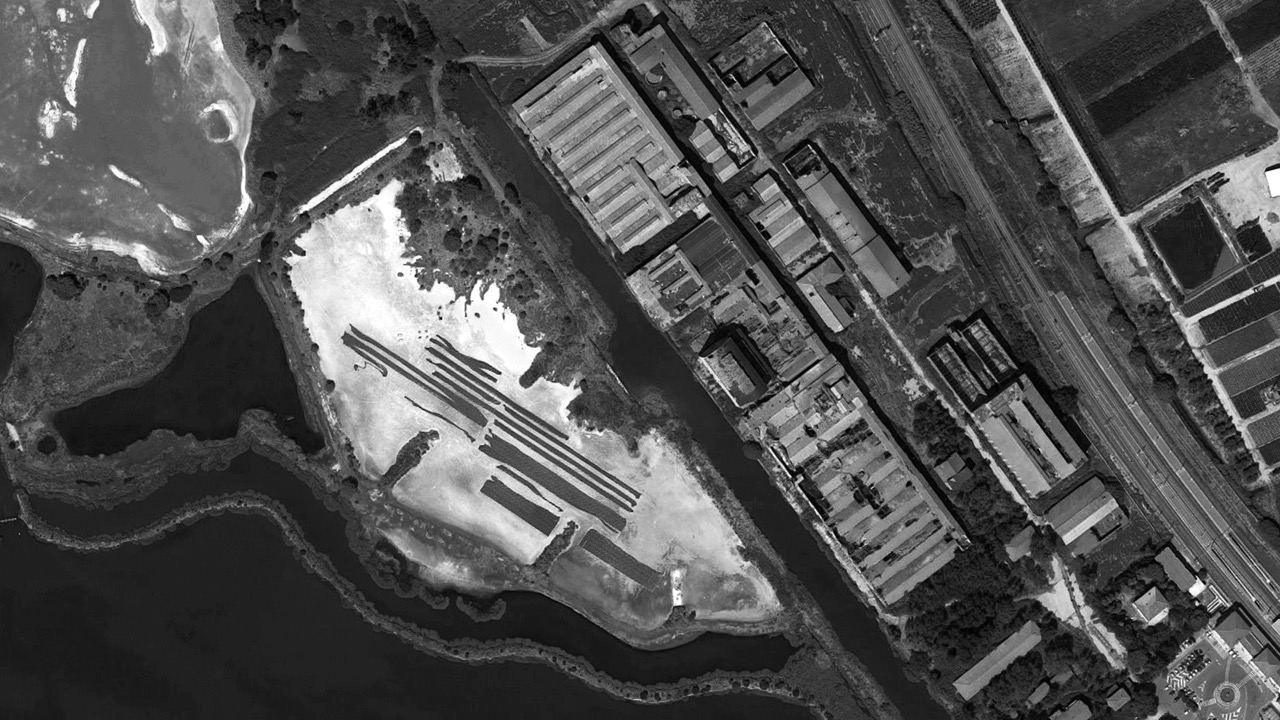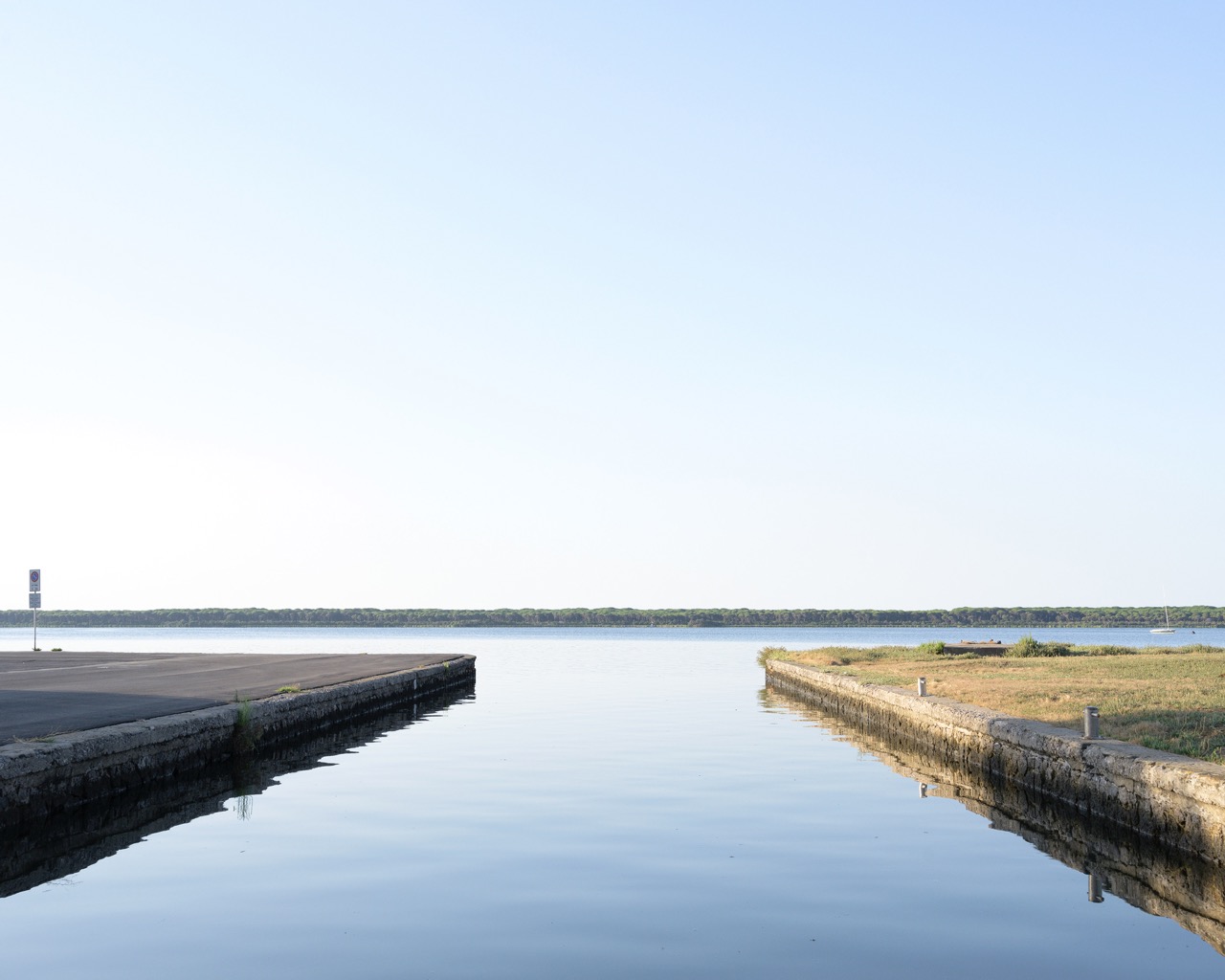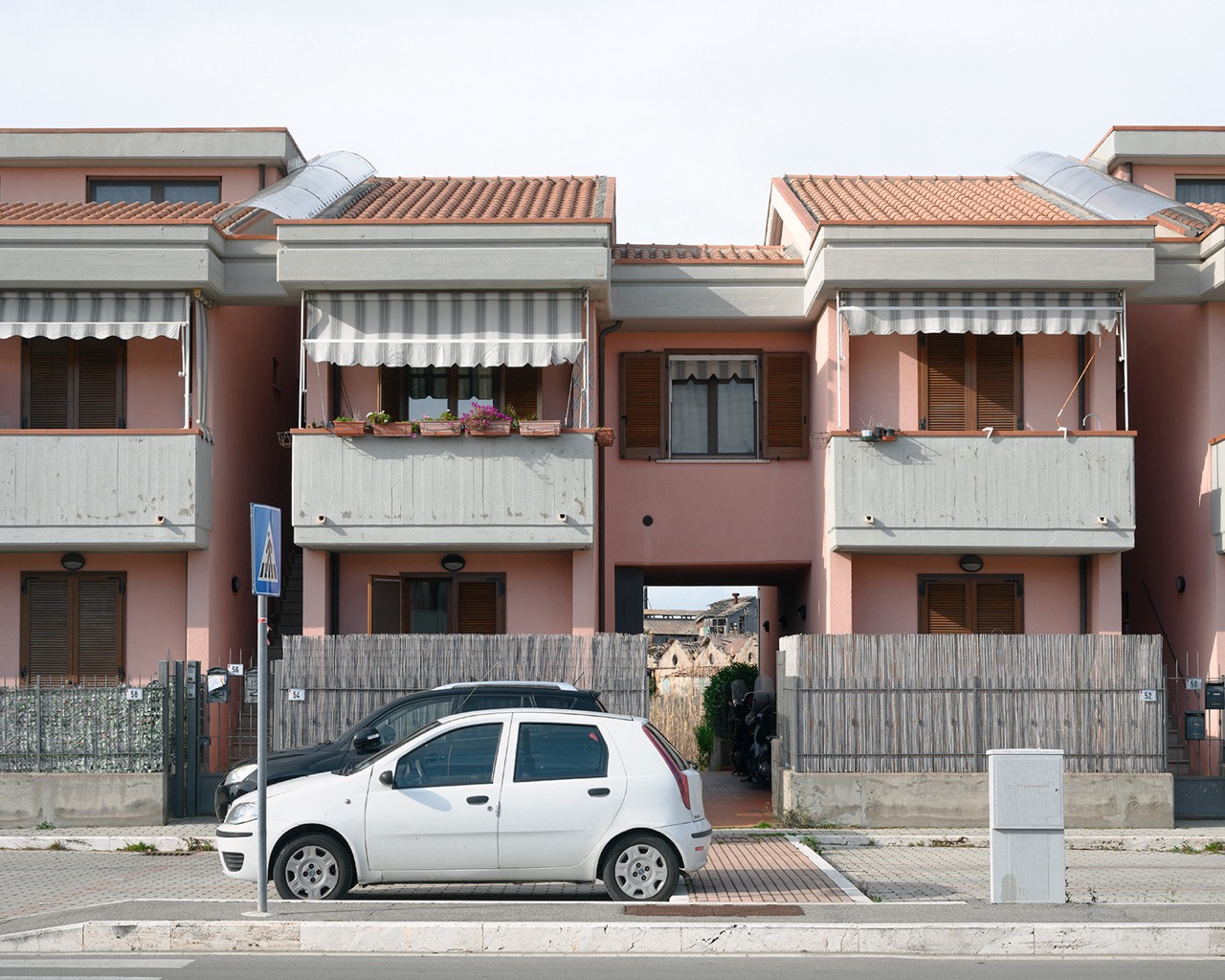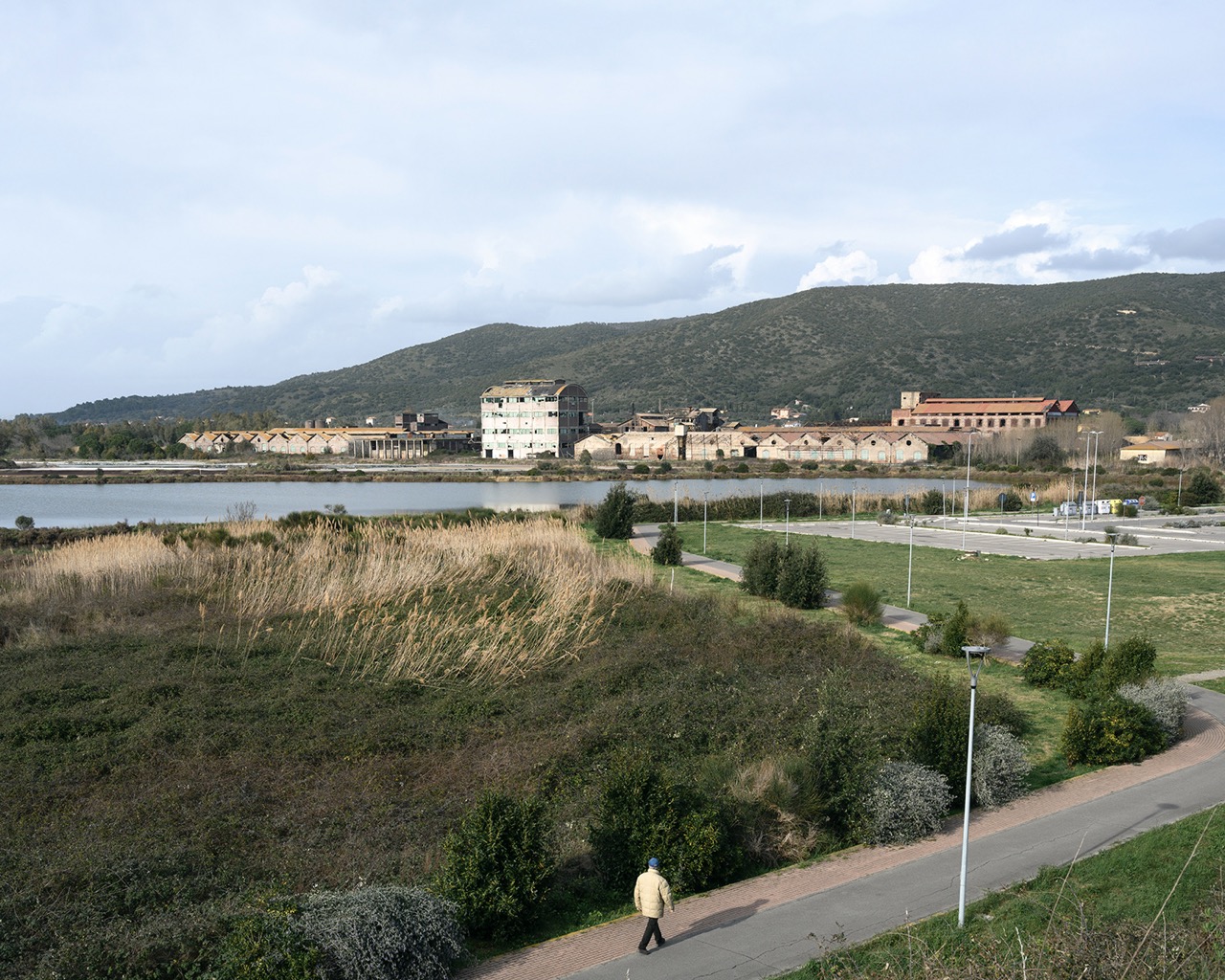Matteo Capone
A visual research of the Italian industrial landscape which, in the early 1900s, was strongly marked by the human presence. In Italy there are 12 482 potentially contaminated areas awaiting reclamation; 45 were considered highly polluted. Indeed in 1997 the Ronchi decree established to distinguish and declare them "Sites of National Interest" (SIN). The project concerns three SINs of central Italy: Terni - Papigno (Umbria); Bussi sul Tirino - Piano d’Orta (Abruzzo); Orbetello (Tuscany). These sites, although located in different regions, have analogies. In all of them there are naturalistic and tourist areas nearby: Cascata delle Marmore, Parco Naturale del Gran Sasso, Monte Argentario. However, the fundamental knot that binds these areas is the kind of pollution. All have former factories of the Montecatini mining and chemical company (1888-1966), active or abandoned chemical poles, asbestos in a dusty state that prevents reclamation and huge waste dumps that rise in the valleys or are stationed under citizens' houses. The work is also articulated as an historical research, realised to analyse the differences between past and present. Indeed these places have experienced industrial glories promised by Montecatini, which today has been leaving some carcasses on the back of the territory now incorporated into nature. The aim of this project is to criticise the economic and social immobility that can have a better future, providing justice to the people who continue to live in these suspended and scarred places.
